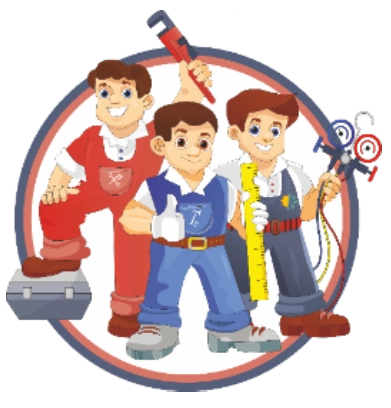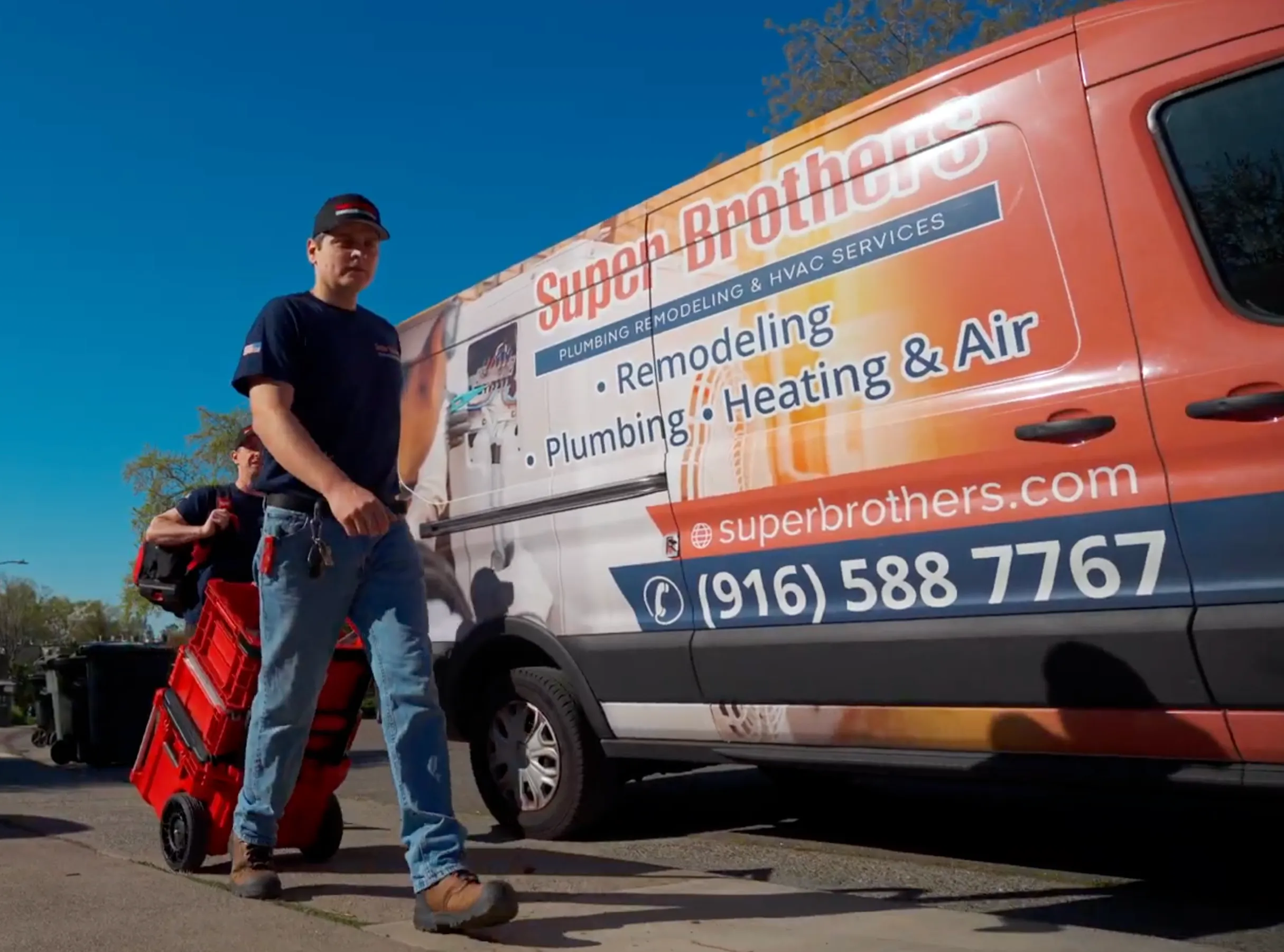When considering the purchase of an older home, one of the critical areas to inspect is the plumbing system, particularly the type of water pipes used. Many older homes were built with galvanized steel water pipes, which are prone to corrosion and other issues over time. Understanding the challenges associated with galvanized pipes and testing the water flow can help homeowners identify potential problems and determine whether repairs or replacements are necessary.
Issues with Galvanized Steel Pipes
Galvanized steel pipes were widely used in plumbing systems decades ago due to their durability and affordability. However, these pipes are susceptible to corrosion because of the reaction between steel and water. Over time, this corrosion leads to several issues:
- Sediment Buildup: The internal surfaces of galvanized pipes can accumulate rust and sediment, reducing the diameter of the pipes. This restricts water flow and may eventually cause blockages.
- Leaks at Joints: Corrosion often occurs at pipe joints, leading to leaks that can damage your home.
- Decreased Water Pressure: As the pipes narrow due to sediment buildup, water pressure in the home decreases, making it difficult to use multiple plumbing fixtures simultaneously.
Despite these drawbacks, galvanized pipes can provide adequate water flow if properly maintained and regularly inspected.
Identifying Galvanized Steel Pipes in Your Home
Before addressing potential issues, it’s essential to identify the type of piping materials used in your home. In older homes, water supply lines may include a mix of materials such as copper, plastic, lead, and galvanized steel. Galvanized steel pipes are typically easy to recognize due to their threaded fittings.
How to Check Your Piping Material:
- Locate the main shutoff valve near your water meter.
- Inspect the pipes adjacent to the valve. Galvanized steel pipes are grayish-silver in color and may show signs of rust.
- If the pipes have threaded connections, they are likely galvanized steel.
Pro Tip: Modern homes often use copper or plastic pipes, which are less prone to the issues associated with galvanized steel.
Testing Water Flow in Galvanized Pipes
Testing the water flow in homes with galvanized pipes is crucial to determine whether the plumbing system is functioning correctly. The Truth-In-Sale of Housing Evaluator Guidelines provide a reliable method for assessing water flow.
Steps to Test Water Flow:
- Run Water at Multiple Fixtures: Begin by running cold and hot water from a laundry sink faucet. Then, turn on the shower or any other plumbing fixture on the highest floor of the house.
- Observe Water Flow: Check the flow rate at the highest fixture. If the water barely flows or doesn’t flow at all, this indicates a significant issue with the piping system.
- Investigate Further: A lack of water flow may be caused by:
- Corrosion or sediment buildup in galvanized pipes.
- A partially closed main shutoff valve.
- A water softener restricting flow.
If water flow is insufficient, replacing the old galvanized pipes may be necessary to restore proper functionality.
Galvanized Water Distribution Challenges
In homes with galvanized pipes, simultaneous use of multiple plumbing fixtures can lead to noticeable water pressure drops. For example, running the washing machine and shower at the same time may result in an inadequate flow of water to one or both fixtures. This is a common problem in older homes with outdated plumbing systems.
Understanding Plumbing Ratings:
- Copper Pipes: Often marked as “M” in housing evaluations, copper is preferred for its durability and resistance to corrosion.
- Galvanized Pipes: Marked as “C,” these pipes are functional but may require replacement over time due to the issues mentioned earlier.
Replacing Galvanized Steel Pipes
While some galvanized pipes may still be in acceptable condition, many homeowners opt to replace them with modern materials like copper or PEX. Upgrading your plumbing system not only improves water flow and pressure but also prevents potential damage from leaks and pipe failures.
Benefits of Replacing Galvanized Pipes:
- Improved Water Quality: Corroded pipes can release rust into the water, affecting its taste and appearance.
- Increased Water Pressure: New pipes eliminate restrictions caused by sediment buildup, restoring optimal water flow.
- Long-Term Reliability: Modern materials like copper and PEX are more durable and require less maintenance than galvanized steel.
Preventative Maintenance for Galvanized Pipes
If replacing galvanized pipes isn’t immediately feasible, regular maintenance can help extend their lifespan and improve performance.
Maintenance Tips:
- Inspect for Leaks: Regularly check pipe joints and connections for signs of corrosion or leakage.
- Flush the System: Periodically flush the plumbing system to remove sediment buildup.
- Monitor Water Pressure: If pressure drops significantly, investigate the cause and address it promptly.
- Test Water Quality: Rust and sediment can affect water quality; testing can help determine if filtration or other treatments are needed.
Conclusion
Galvanized steel water pipes are a common feature in older homes, but they come with unique challenges, including corrosion, sediment buildup, and decreased water flow. Regular inspections and water flow testing are essential to ensure these pipes remain functional. For long-term solutions, consider replacing galvanized pipes with modern materials to improve water quality and system reliability.
If you’re facing issues with galvanized steel pipes or need help upgrading your plumbing system, Super Brothers Plumbing Heating and Air can assist with expert evaluations and professional solutions. Contact us today to ensure your home’s plumbing system operates efficiently and reliably.


